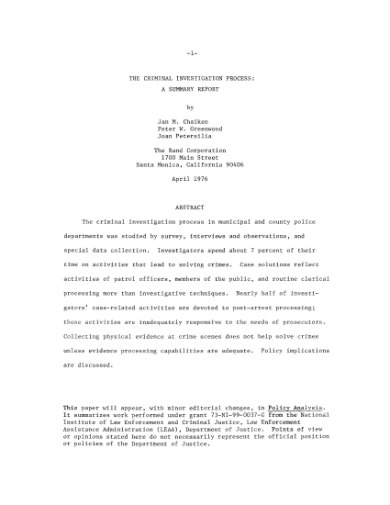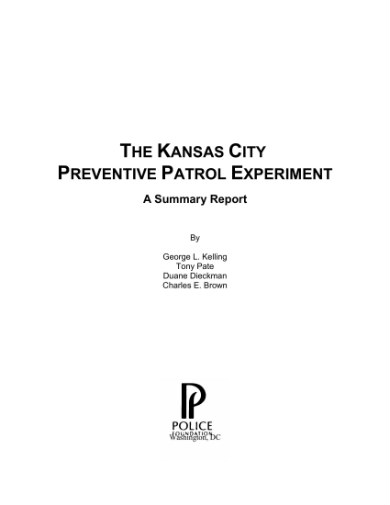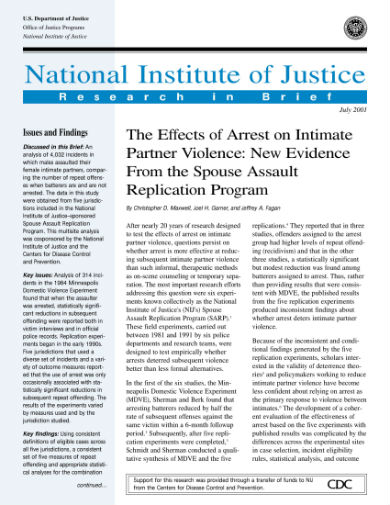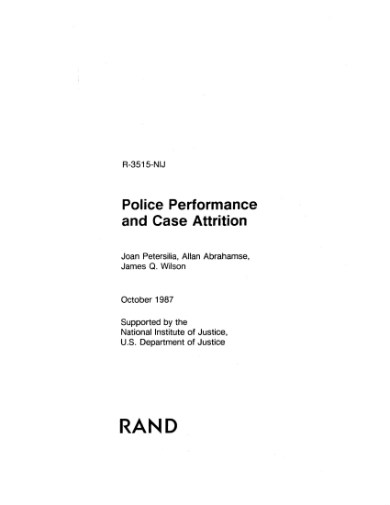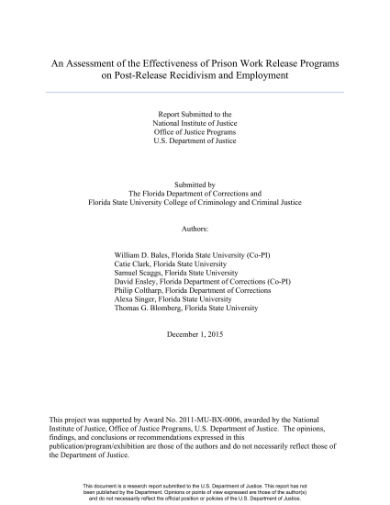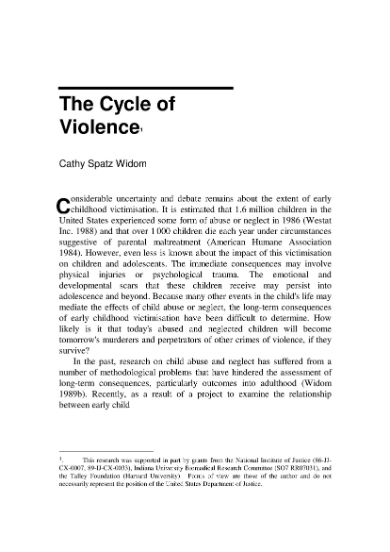10+ Criminological Research Examples to Download
Before criminology became a part of the justice system, there was a chasm between targeting the root of criminality and the cat-and-mouse chase between the police officers and the criminals. What law enforcers fail to consider for most of history is that these elements themselves are also victims of a flawed system. By disregarding the root of the problem, we are only exhausting our resources on an endless chase. Criminology research plays a pivotal role in bridging the gap and improving law enforcement. When we understand why crimes happen, we can provide better interventions.
Criminology research is a means of understanding criminality to improve criminal justice and law enforcement. Several criminology research are exploratory research. The researchers collect and analyze data of a crime, policy, or approach in which little is known. The researchers may also propose changes and amendments for future reference. The research can also be descriptive, wherein we elaborate observations about a crime or our response to one. Explanatory research can expound on the nature of the crime in relation to the offender, nature or psychology of the criminal, as well as other behaviors that affect law enforcement. We can also apply the findings in applied research in deciding if a policy or intervention is effective.
Imprint on Reality
Crime prevention starts with crime reduction. How do we reduce crimes? We can build tall gates around our houses and subdivisions. We can saturate our community with the police force and security personnel. We can set up security cameras at every corner of every street. We may do these, but we don’t have the power and resources to sustain them for long-term, country-wide implementation. Aside from feasibility, there are other concerns with the approach. A controlled living environment will eventually dent individual rights and liberties. We need research to find the best solutions. We have witnessed an overhaul in criminal justice and law enforcement, owing to criminological research that challenged the norms.
Challenge the status quo
People viewed police visibility as an effective crime deterrent. It had been a belief since the 13th century, and everyone just went along with the idea. So the government spent billions to maintain the practice, despite the lack of scientific evidence supporting the theory. The idea was challenged a few times before. A comprehensive study by the Kansas City Police Department showed that routine preventive patrol had no difference in crime rates in the city. This research showed that previously held beliefs could be wrong. With research, we can manage our resources better with more effective ways of preventing crime than stick with the baseless convention.
Marriage of research and politics
Criminal justice used to be “an eye for an eye, a tooth for a tooth.” This treatment of crimes leaves the decision for the penalty in the hands of the offended party. Revenge justice is unreliable because the gravity of the crime may be disproportionate with the punishment exacted to the offender. Research is focal to our acknowledgment of the inhumane effect of the archaic justice system. The integration of criminological research in policy proposals helped us understand the nature of criminality. The policies are becoming more responsive to what we have learned from the findings. We have abandoned the cruel punishments and moved on to measures that respect the person.
Fulcrum of Modern Justice System
Justice isn’t just about punishing the guilty and vindicating the innocent. We also have to monitor the system if its policies and programs are at par with the need of the community. There is no one-size-fits-all solution, so justice agencies have to assess their performance and if the results reflect the ideal outcomes. Research not only plays a role in crime prevention, but it can also evaluate the performance of existing practices. The following are examples of research papers that remodeled the United States criminal justice system.
1. Investigation Research Example
2. Crime Prevention Research
3. Research on Threat Handling
4. Research on Career Criminals
5. Study on Case Attrition
6. Research on Court Bail Policy
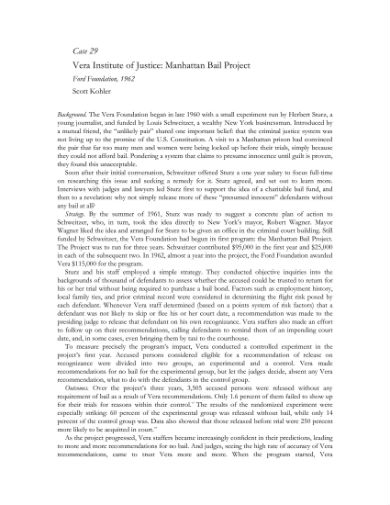
cspcs.sanford.duke.edu
7. Research on Sentencing Policy
8. Research on Treatment of Offenders
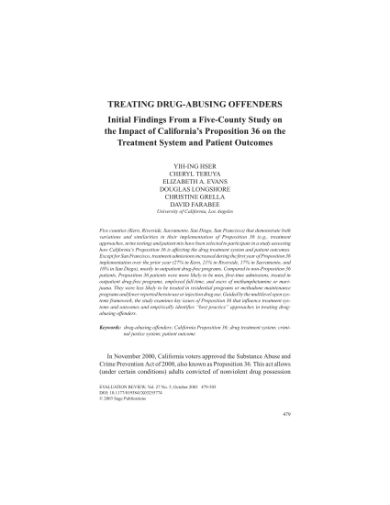
uclaisap.org
9. Study on Policy Evaluation
10. Research on Effects of Abuse
11. Sample Criminology Research
Reinforcing the revolution
Research has done much for the US criminal justice system. As an agent of justice, you are not exempted from the responsibility to contribute to this growth. The studies that redefined justice and its derivatives started from an idea. Here is how you begin with your study.
1. Know what you want
Any undertaking requires time and resources. And when you’re using the public’s or an organization’s money, any expense should be justified by results of equal value. You have to have an idea on what you want to accomplish with your study. This is your research goal, and this influences the totality of your research design, from methodology to data presentation. What do you want to find out? Are you exploring a new idea? Are you describing the efficiency of a present intervention? Decide on what you want for this research. It will keep you from going astray in the middle of work.
2. Move the wheel forward
You can spin a wheel and say there is movement. However, that doesn’t get you away from where you stand. Similarly, rehashed ideas will stagnate a field. The progress in criminal justice is brought about by researchers putting forth new ideas to the table. When you are planning a research, you have to read related literature on what has been done about the subject. As you go through the articles, ask yourself what you can do. You can gain insights on how the researchers went with their investigation. With the introduction of new information, the onward momentum of the domain is maintained.
3. Gain green light
Unless you’re an affluent person who can support the cost of extensive research, you are likely to need the approval of a board or panel to proceed with your study. People submit research proposals, either for study grants or permission to start a project. In the document, you will justify the need for such an investigation. Since you will be persuading the people to support your endeavor, you have to outline your concrete plan and show that you are capable of the task. Preparedness and knowledgeability show in sections like data collection and analysis method and the project timeline.
4. Get the ball rolling
Now that you have a vision on what your research will focus on and how you will address the objectives, the next thing to do is to conduct the study. Gather relevant data that will help answer your research questions and perform the appropriate data treatment. In data analysis, graphical illustrations are better at helping you see patterns and trends that aren’t apparent in the raw data. However, all this effort would be put to waste if you keep your findings to yourself. Research in criminology remodeled the justice system because they were relayed to the appropriate channels.
To inflict harm unto others for the sake of doing harm isn’t natural for us. That is why we have to understand what pushes a person to cross moral lines. When we learn what drove and will drive people to the dark side, we can offer the specific help that each person needs and effective preventive measures. Full hostility towards lawless elements didn’t stop crimes more than it harmed individual liberties. In addressing criminality, we need more than brawn.



